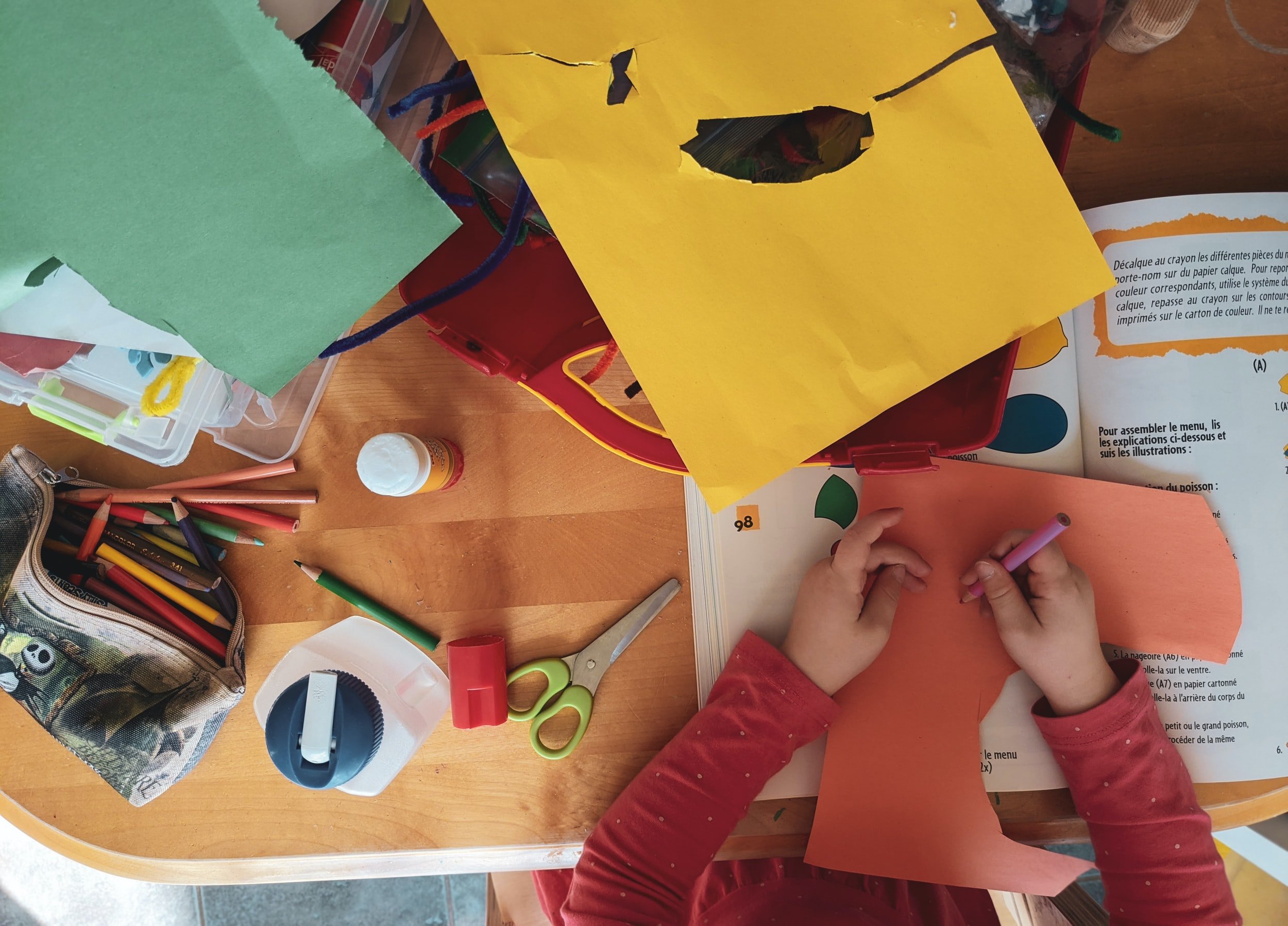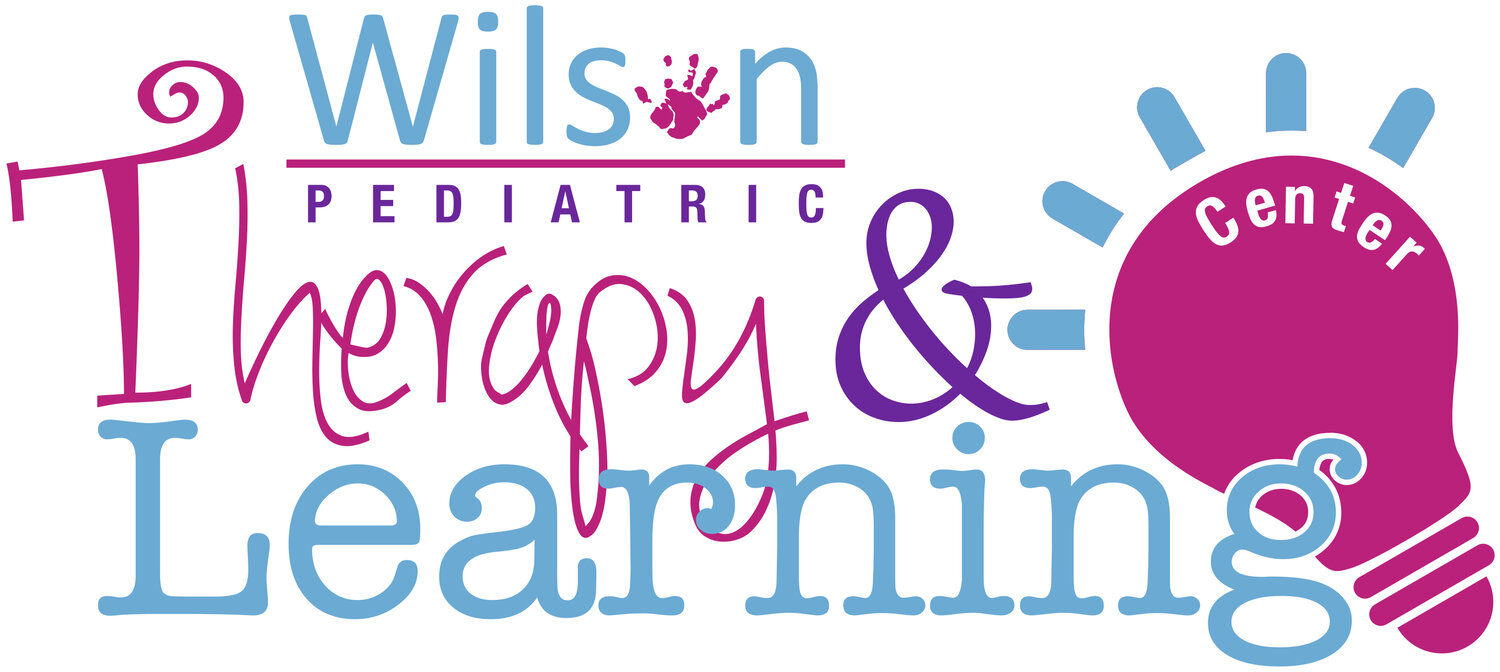
Year Five
Year 4-5
-
• Walk a balance beam forwards & backwards
• Perform somersaults
• Balance on 1 foot for 8 – 10 seconds
• Skip, alternating feet
• Begin to jump rope
• Throw a ball to hit a target
• Jump back
• Pump and maintain momentum while on a swing (may be started with a forward push)
• Hop 5 times on 1 foot
• Climb the rungs of a playground slide ladder
-
• Start to use one hand consistently for fine motor tasks
• Cut along a straight line with scissors
• Start to cut along a curved line, like a circle
• Draw a cross by herself (+)
• Copy a square
• Begin to draw diagonal lines, like in a triangle
• Start to color inside the lines of a picture
• Start to draw pictures that are recognizable
• Build things with smaller linking blocks, such as Duplo or Lego
• Put on his own clothing, but may still need help with fasteners like buttons/zippers
• Start to spread butter or cut soft foods with a small table knife (with supervision)
• Start to learn to print some capital letters
-
• Continues to learn lots of new words very quickly
• Vocabulary of 4,000 – 6,000 words
• Uses sentences of 4-6 words
• Talks a lot and about everything they are doing or thinking
• Tells long stories about own personal experiences
• Asks “who” and “why” questions
• Interested in explanations for their “how” and “why” questions
• Understands and uses “tomorrow” and “yesterday”
• Uses past, present and future tense, mostly, but not always, correctly
• Interested in written words, letters and numbers.
• Matches and sorts objects in a large variety of ways
• Understands prepositions (e.g. beside, behind, in front)
• Stays with an activity for 11-12 minutes
-
• Show some awareness of moral reasoning, such as “fairness”, and good or bad behavior
• Develop friendships
• Express more awareness of other people’s feelings
• Enjoy imaginative play with other children, such as dress up or house
• Get better at sharing and taking turns with other children
• Enjoy playing games, but might change the rules as he goes
• Stick with a difficult task for longer period (controlling frustration or anger better)
• Show an understanding of right and wrong
• Listen while others are speaking
• Play games with simple rules
-
• Play with words, imitating and creating sounds, and make rhymes
• Point to and name many colours and shapes
• Learn to identify a few letters and numbers
• Draw a person with detail
• Draw, name, and describe pictures
• Count objects up to 5
• Tell you where he lives (street name and town/city)
• Follow the rules to games, but sometimes change them as she goes
• Recognize his name when he sees it printed
Red Flags
-
• Walk a balance beam forwards & backwards
• Perform somersaults
• Balance on 1 foot for 8 – 10 seconds
• Skip, alternating feet
• Begin to jump rope
• Throw a ball to hit a target
• Jump back
• Pump and maintain momentum while on a swing (may be started with a forward push)
• Hop 5 times on 1 foot
• Climb the rungs of a playground slide ladder
-
• Movements seem shaky or stiff
• Arms and hands seem very weak
• Not able to cut along a straight line
• Not holding her crayons or pencils with her thumb and fingers
• Not able to draw a circle, square and cross (+)
• Not able to put on her own shirts, pants, socks, and shoes (with some help with fasteners)
• Not able to feed himself well with a spoon and fork
-
• Continues to learn lots of new Not easily understood by others
• Difficulty putting sentences together
• Lots of grammatical difficulties in their sentences
• Difficulties with concepts such as prepositions (position words such as behind, beside, etc.) colors, size, and categories.
• Doesn’t ask questions
• Doesn’t follow verbal directions
-
• Not interested in playing with other children
• Not able to share or take turns with other children
• Wants to be dependent on her caregivers for everything
• Is extremely “rigid” about routines, and becomes extremely upset when things are changed
• Has extreme difficulty separating from you
• Too passive or fearful, and does not want to try things other children his age are doing
• Has extreme fears that interfere with daily activities
-
• Not able to name the basic colors and shapes
• Does not understand the concept of past, present, and future
• Not interested in pretend play
• Constantly moves from one activity to another and is not able to stay with an activity for brief periods
• Not able to understand the rules of a basic game, such as Memory, Lotto, or other preschool games
• Not able to tell you basic facts about themselves (full name, age, city she lives in, street name, etc.)
• Not able to count 5 objects
• Does not recognize her name when she sees it printed
-
• Regular coughing or choking during eating
• Taking a really long time to eat a meal (more than 30-45 minutes)
• Getting sick often with pneumonia or chest infections
• Gurgly, hoarse, or breathy voice after eating
• Less than normal weight gain or growth
• Lots of leakage of food or liquid from the mouth
• Coughing, gagging, or throwing up during or after meals
• Stuffing mouth with food
• Holding food inside pockets in mouth for long periods
• Difficulty accepting new textures of food
• Avoidance behaviours to specific foods and textures (gagging, vomiting, blocking the spoon with hands or closed lips, crying, pushing food away, etc)
• Refusing to eat more than a few foods, or refusing to eat anything from one of the food groups
• Being extremely rigid about how food is prepared or how it is served
• Abnormal bowel movements that last longer than a few days (diarrhea, constipation, loose stool)
• Skin reactions to foods (dry patches, hives, rashes) Note: If your child seems to be having a severe allergic reaction to a food (difficulty breathing, turning red, developing hives or rash on the face/chest), you should seek medical help immediately
Information obtained from: